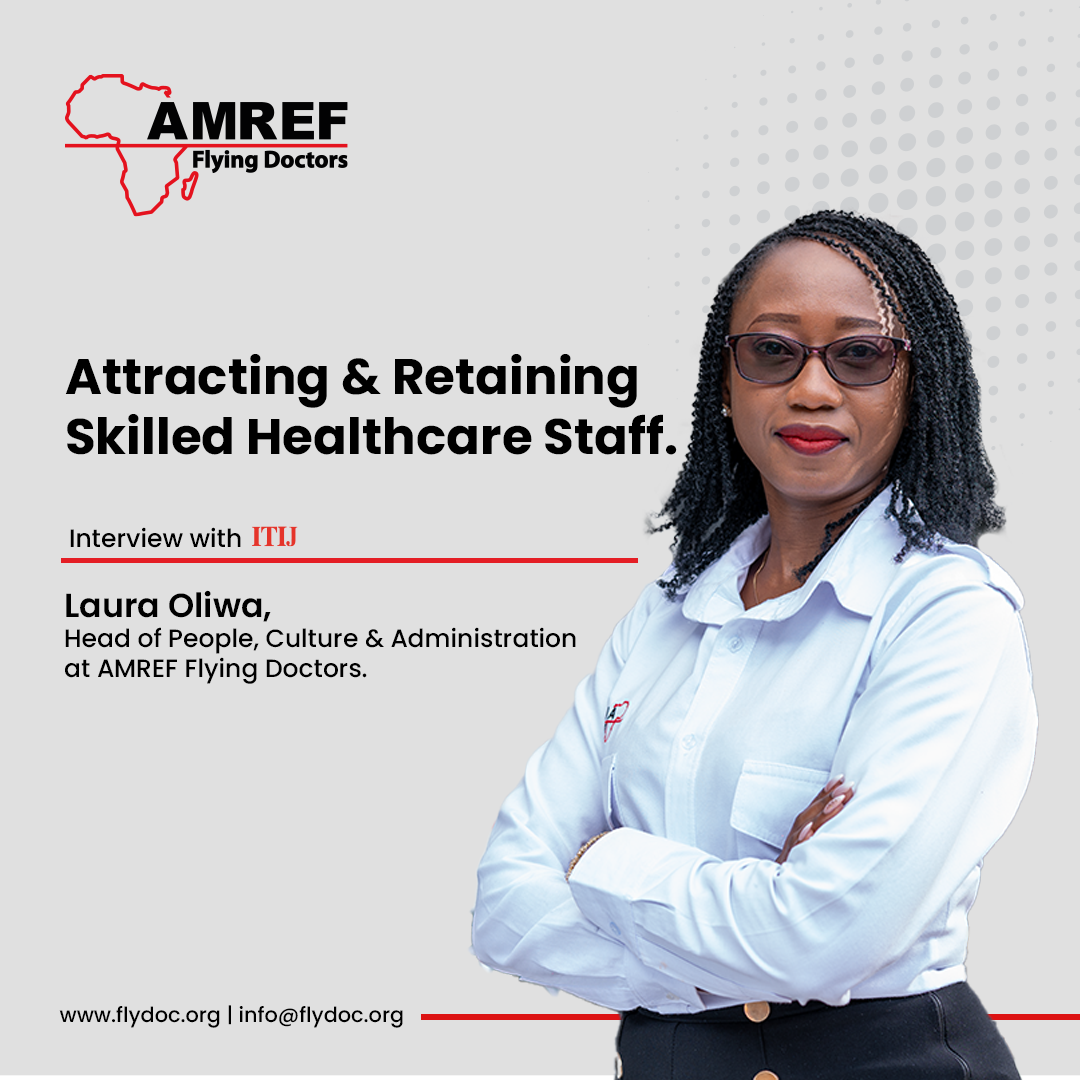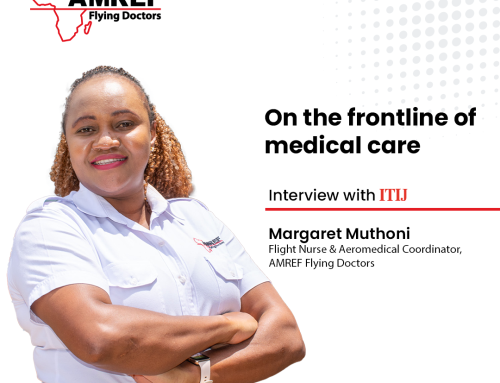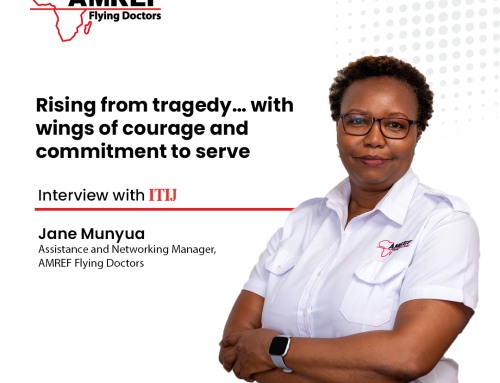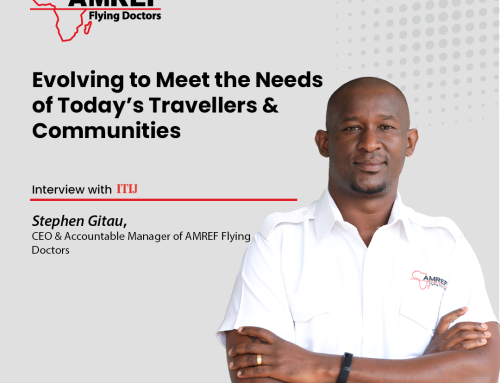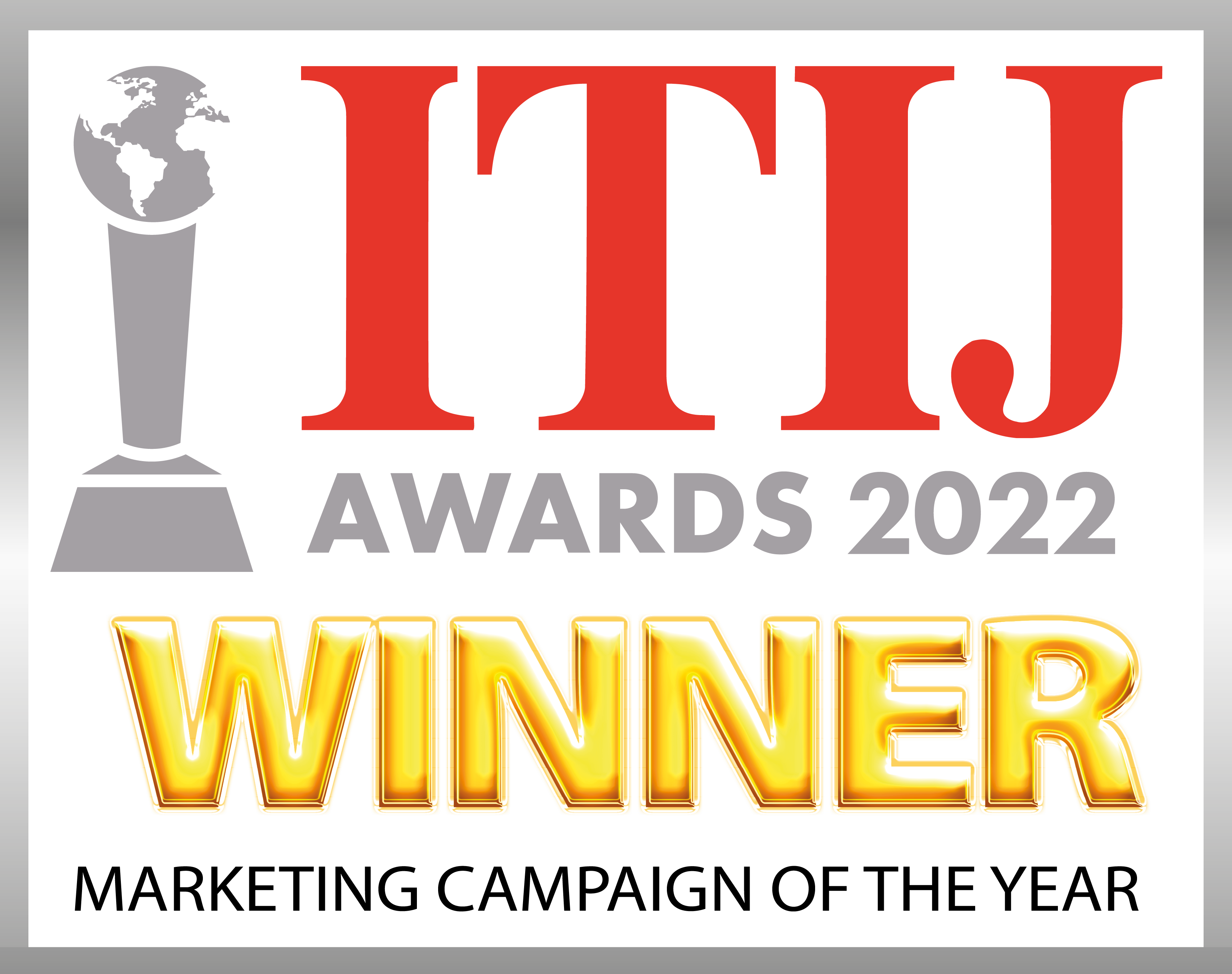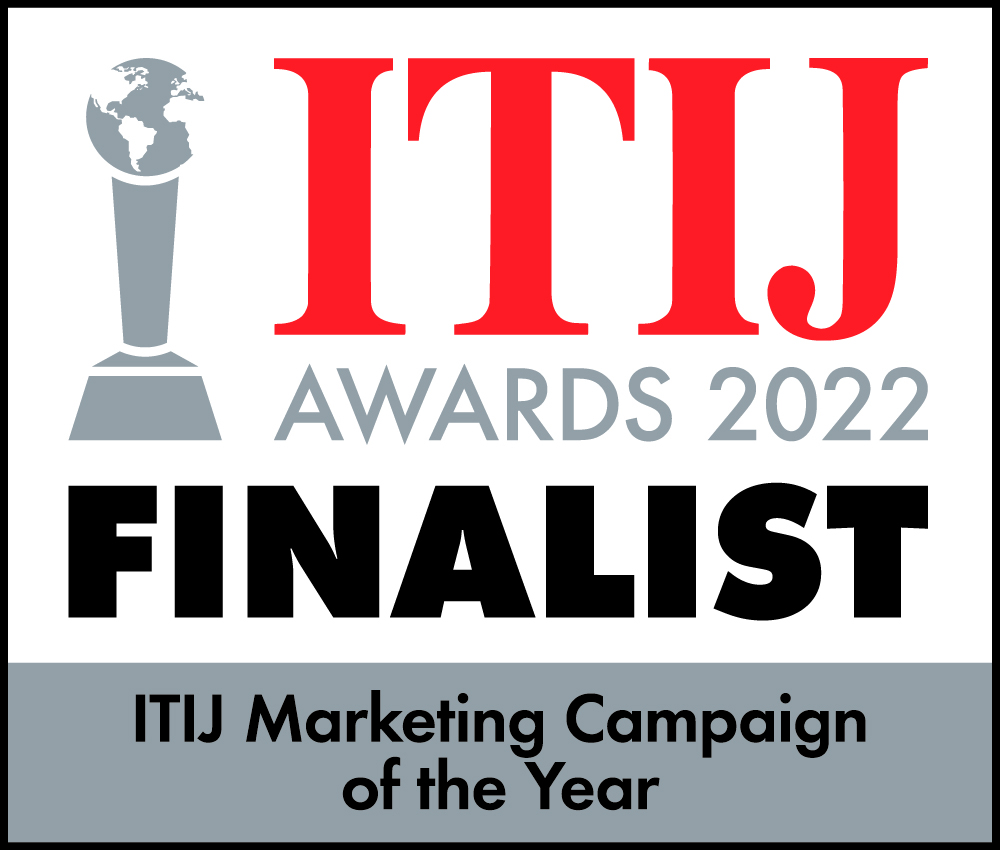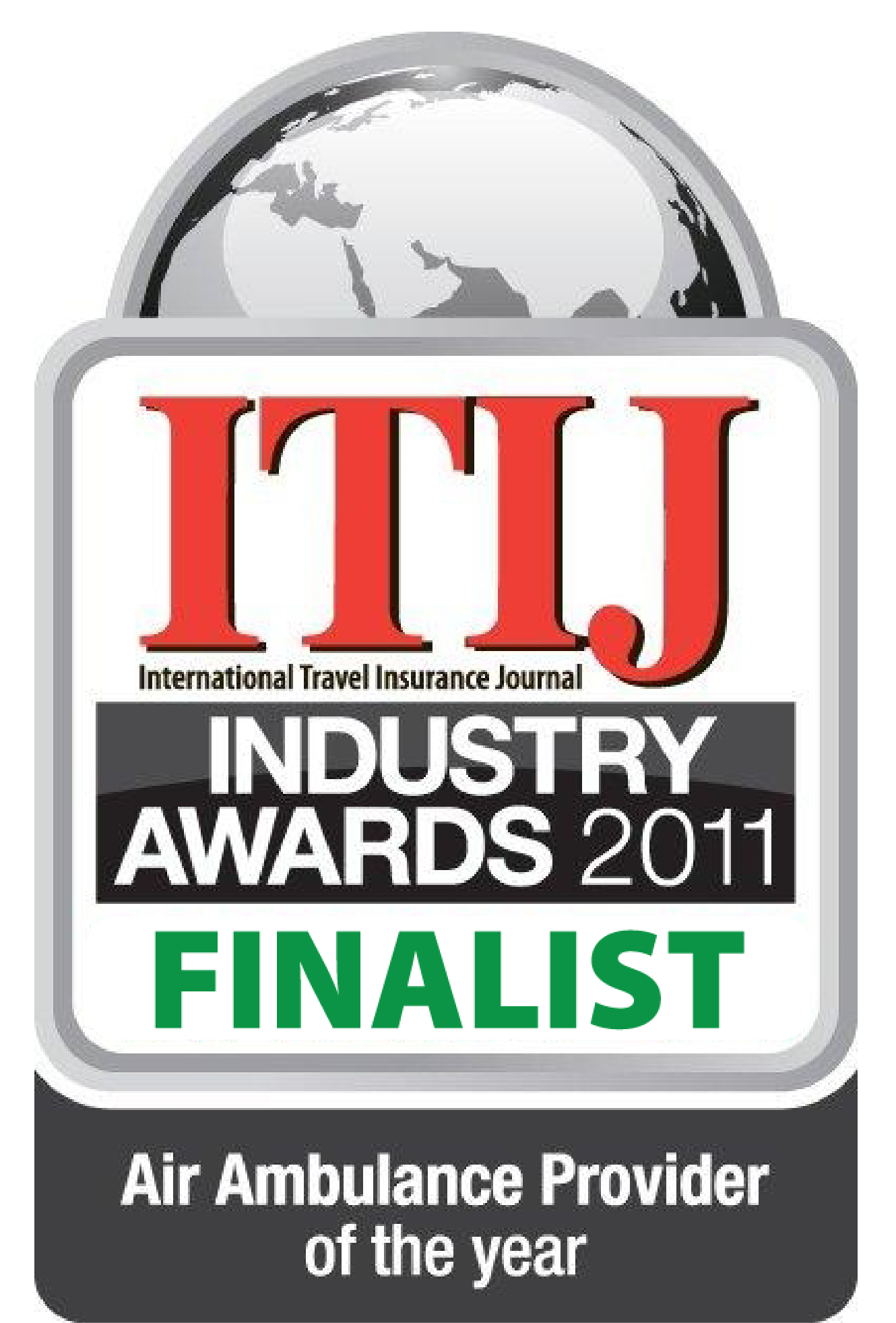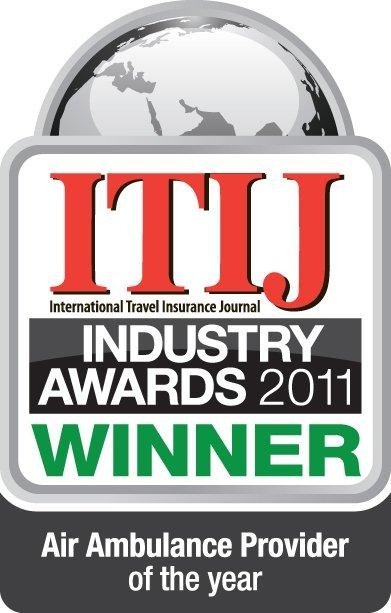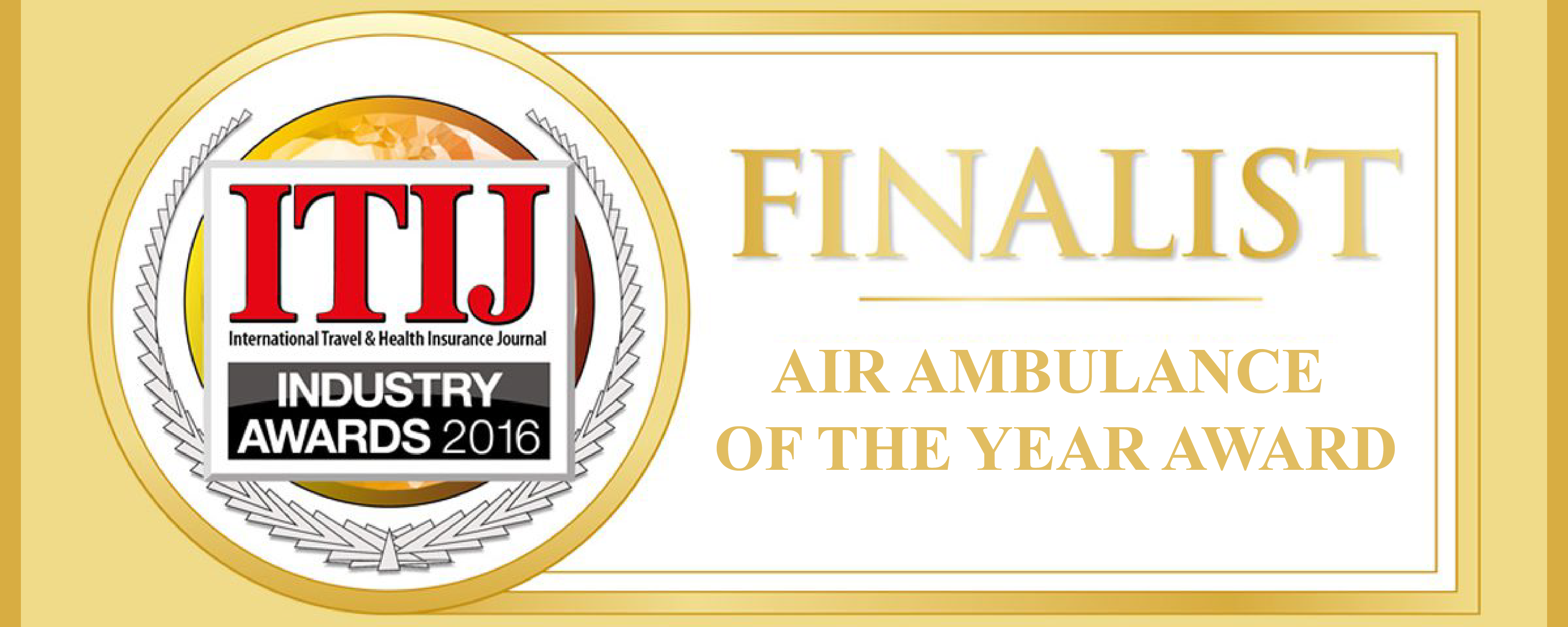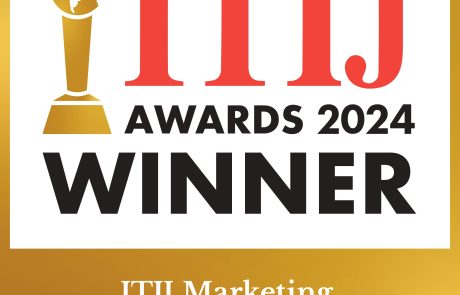Chloe Fox speaks to global healthcare leaders about how they’re redefining staff retention through purpose-driven culture, wellbeing initiatives, and meaningful career development
The global healthcare industry currently faces a complex challenge: to not only attract top talent but keep it, too. With providers ranging from government-run hospitals to private clinics and global medical assistance organisations, the competition for skilled professionals is intense. So, in this crowded field, what truly sets an employer apart?
I asked industry leaders to reflect on what drives long-term staff retention in a sector where reputation, innovation, and purpose are as important as pay and perks. From cultivating a compelling mission to investing in wellbeing and career growth, successful organisations are those that go beyond recruitment – fostering supportive cultures where employees feel valued.
Through insights from HR experts and leadership at AMREF Flying Doctors, Matilda International Hospital, and Virginia Tech, we explore how modern healthcare employers are adapting to evolving staff expectations, addressing workforce shortages, and building resilient teams with room to thrive personally and professionally.
Whether through flexible work arrangements, mental health initiatives, transparent communication, or meaningful recognition, one message is clear: retention is an ongoing commitment.
Standing out when recruiting new talent
Healthcare services are universally needed, placing them in a naturally competitive marketplace. These services range widely in type – from privately owned organisations and research-focused institutions to publicly funded hospitals, government-managed entities, and those operating independently or as part of larger systems.
But in such a varied landscape, what truly makes one provider stand out from another?
According to Dr Megan Seibel, Director of the Center for Cooperative Problem Solving at Virginia Tech and a practitioner of Kirton’s Adaptation-Innovation Theory (KAI), perception plays a critical role. In today’s fast-paced, innovation-driven world, companies seen as dynamic and forward-thinking often have an edge in attracting talent. However, she stressed that appeal alone is not enough to retain skilled professionals.
“If a company can have an expressed sensibility about why they serve who they serve and why they offer the services they do, it is more attractive in the long run,” Seibel told ITIJ. “A mission-driven, customer-facing purpose outlives adjustments to what services are delivered and in what way.”
For Seibel, the ability to sustain talent engagement comes down to demonstrable impact. Organisations must show clear results and deliver services efficiently to maintain long-term employee commitment. She added that the most effective healthcare companies are those that combine forward-thinking innovation with a foundation of trust and consistency.
“Advancing techniques and services need to be proven for adoption. Reputation is everything in a competitive space,” she said. While patient choice may be limited during emergencies, Seibel emphasised that, for routine and chronic care, the quality and reputation of both practitioners and services matter immensely.
The ability to sustain talent engagement comes down to demonstrable impact
Laura Oliwa, Head of People, Culture & Administration at AMREF Flying Doctors, also pointed to the power of reputation – not just for patients, but for potential employees. “In today’s competitive job market, an organisation’s brand image plays a crucial role in attracting top talent,” she said. Increasingly, candidates are looking beyond role descriptions. They want purpose, alignment with strong values, and evidence of a positive impact.
Beyond values, Oliwa noted that comprehensive employee benefits can make a significant difference. “Medical insurance with enhanced inclusions, such as fertility treatments or genetic testing, demonstrate a strong commitment to employee wellbeing. Other benefits like hybrid work arrangements, mental health support, and wellness programmes add significant value,” she said.
Career development is another important factor. “People are inspired by roles that challenge them while offering opportunities for advancement,” Oliwa explained. “A workplace that supports learning and development fosters both professional and personal fulfilment. Employees thrive when they have access to diverse training, from technical skills [to] soft skills
and leadership programmes.”
Irene Leung, Head of HR, Talent and Organisational Development at Matilda International Hospital, echoed these themes, noting that a strong employer brand isbuilt on more than compensation. “A company stands out when it combines a compelling vision with a nurturing and inclusive workplace culture, not just salary alone,” she said.
At Matilda International Hospital, culture is guided by strong values and a long-term investment in people. “We focus on fostering diversity and teamwork, whole-person development, paying for performance and supporting career progression,” said Leung.
She highlighted the importance of the candidate experience. “Transparent recruitment policies, personalised communication, and a streamlined application experience are also essential, and reflect company values from the outset of communication.”
Leung concluded that a compelling workplace environment – featuring state-of-the-art facilities, advanced medical technology, and strong collaboration – sends a clear signal to recruits that their expertise will be valued, supported, and given the opportunity to flourish.
Staying attuned to the evolving needs of employees
Oliwa highlighted the importance of maintaining open communication to better understand employees’ evolving needs. “Regular engagement through an open-door policy, surveys, team-building activities, and cross-departmental interactions helps create an environment where feedback flows freely,” she said. She added that a workplace built on trust encourages employees to share their thoughts openly, knowing their input will be used to improve the work environment.
Leung echoed this sentiment, emphasising the need to actively listen to feedback and demonstrate responsiveness. “Once information is collected, it is important to acknowledge and accommodate employees’ needs so that responses are targeted and prioritised,” she said. “Supported by anonymity in appropriate circumstances, employees feel respected, recognised, and empowered to thrive.”
Investing in employee wellbeing is crucial, particularly through mental health and wellness initiatives
Seibel agreed that systematically gathering input is a crucial first step in building trust within an organisation. “While not all employee needs and suggestions may be immediately or fully addressed, transparency about what is being expressed and the efforts being made allows people to feel involved and heard,” she explained. The cognitive climate within an organisation plays a significant role in shaping overall company culture and influencing different divisions. Seibel noted: “Certain units may focus on the development and adherence to policies and procedures, while others might seek innovative solutions that push past the competition.” She believes that a well-balanced company, capable of adapting and nurturing innovation, is better positioned to attract and retain talent if these needs are clearly understood.
Furthermore, Seibel pointed out that the cognitive climate of the company might differ from that of individual teams or units. “Understanding the impact of differing cognitive approaches to solving problems will help us better understand employees’ needs for structure and service implementation, as well as their sense of autonomy and effectiveness when they work in areas that align with how they approach problems and solutions,” she said.
Finally, Oliwa concluded that investing in employee wellbeing is crucial, particularly through mental health and wellness initiatives. “Proactive measures such as counselling services, wellness programmes, and mental health days can prevent challenges from escalating into crises, fostering a resilient and engaged workforce,” she said.
Mitigating the impact of staff shortages
Staff shortages present a double-edged sword in healthcare, simultaneously impacting employee satisfaction and the quality of care – two foundational pillars of the system. As Seibel noted, “recognising that these shortages necessitate adaptive strategies is essential”.
Staffing gaps can lead to significant but often overlooked stressors for healthcare workers. Seibel explained that these arise particularly when staff are required to work overtime, cover unfamiliar units, or take on new tasks. “These demands can create physical, emotional, and cognitive strain,” she added, “even for experienced professionals – by disrupting established team dynamics and requiring rapid adaptation to new tools or environments.”
Leung highlighted the importance of transparency in navigating these challenges: “Keeping employees informed of staffing challenges helps to foster understanding and minimise confrontation.”
Full-time, part-time, freelance, apprenticeship, fixed-term, and zero-hour contracts allow organisations to engage skills efficiently based on business needs
Flexible scheduling has proven effective in supporting remaining staff amid workforce fluctuations. “We have found that flexible work schedules greatly help the remaining workforce to adapt to staffing changes and unforeseen situations,” said Leung.
Oliwa underscored the systemic nature of staff shortages, citing factors such as business expansion, high turnover, and economic pressures. “This can put immense pressure on both the organisation and its employees,” she said. “Therefore, to reduce the strain, companies should focus on developing feasible retention strategies.”
One solution, according to Oliwa, is to implement a diverse contract model: “Full-time, part-time, freelance, apprenticeship, fixed-term, and zero-hour contracts allow organisations to engage skills efficiently based on business needs.”
She also advocated for better workload management: “Employers and employees need to prioritise tasks,” she said, adding that “redundant processes need to be streamlined to eliminate role duplication, no-value-added tasks and bottlenecks”.
Cross-training staff – teaching them skills beyond their main duties – is another practical step. Oliwa told ITIJ that it helps “enable staff to take on multiple roles when needed” and provides operational flexibility. She added: “Integrating artificial intelligence (AI) tools and automation for repetitive tasks further reduces workload and minimises the need for additional hires.”
Leung agreed on the value of cross-training and recommended enhancing recruitment efforts. “Investing in additional recruitment efforts/channels and streamlining hiring processes can expedite filling of vacancies,” she said. “Providing incentives to boost morale and encourage retention can be one of the necessary measures in case of prolonged transition.”
Supporting staff with manageable workloads, strong teamwork, and access to wellbeing resources is important for sustained performance. Leung concluded: “Valuing and backing the workforce through clear priorities, defined roles, shared goals, and wellbeing support helps maintain both performance and employee satisfaction.”
Seibel emphasised the need for active employer support to sustain workforce resilience. She suggested combining intrinsic motivators, such as purpose, with extrinsic ones, like competitive pay. “To sustain workforce resilience,” she said, “employers must recognise the breadth of effort involved and actively support staff.”
She also advocated for morale-boosting measures. “Providing incentives to boost morale and encourage retention can be one of the necessary measures in case of prolonged transition.”
Key incentives for long-term staff retention
Oliwa told ITIJ that “attracting and keeping top talent isn’t just about offering a good salary; it’s about creating a workplace where people feel valued, supported, and inspired to grow”. She highlighted the value of collaboration, respect, and inclusivity for developing a strong
company culture.
“Simple acknowledgments of effort, positive attitude, or contribution to an outcome go far in helping people feel valued,” added Seibel. She used the example of a nurse at a US-based university teaching hospital whose unit sends ‘e-high fives’ as a way for doctors, patients, or supervisory staff to affirm them by email when someone is thankful for action taken. “While simple, it goes a long way in recognising effort during an emergency, long shift with no breaks, or difficult patient interactions,” she explained. “Even something as thoughtful as a good pot of tea or coffee can get staff through a particularly taxing event. While pay incentives and other approaches may be necessary for retention in competitive markets, feeling valued, seen, and heard often make the biggest impact in the end.”
“Beyond this, career development opportunities, upskilling programmes, and flexible work arrangements help people see a future within the organisation,” added Oliwa. “Corporate social responsibility (CSR) also plays a role,” she noted, explaining that “many professionals want to be part of something bigger than themselves through giving back”.
Investing in staff development through targeted training, structured mentorship, and clear career progression pathways can significantly improve retention, said Leung. Recognising and rewarding employee achievements also plays a key role in boosting morale and motivation, she added.
Attracting and keeping top talent isn’t just about offering a good salary; it’s about creating a workplace where people feel valued, supported, and inspired to grow
Leung concluded by saying: “Long-term results originate from long-term effort. By cultivating an inclusive, supportive, and engaging work environment and creating a fun place to work, companies can offer a happy, healthy and fruitful work life for employees to develop their profession and grow together.”
A new standard for retention in healthcare
While competitive pay and modern facilities remain important, they are only part of the equation. What truly sets leading employers apart is a strong commitment to purpose-driven work, responsive leadership, and holistic staff development. In practice, this means more than offering perks – it’s about creating an environment where individuals feel respected, empowered, and connected to a shared mission.
From flexible scheduling and mental health initiatives to cross-training, recognition programmes, and inclusive cultures, successful organisations are those that actively evolve with their teams.
Ultimately, in a world of rising healthcare demand and finite resources, the employers that will thrive are those that treat retention not as a goal, but as a continuous process rooted in care – for both their patients and their employees.
First Published: International Hospitals & Healthcare Review | August 2025
Author: Laura Oliwa – Head of People, Culture & Administration
Editor: Jane W. Muthoni

